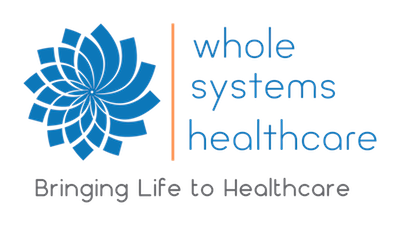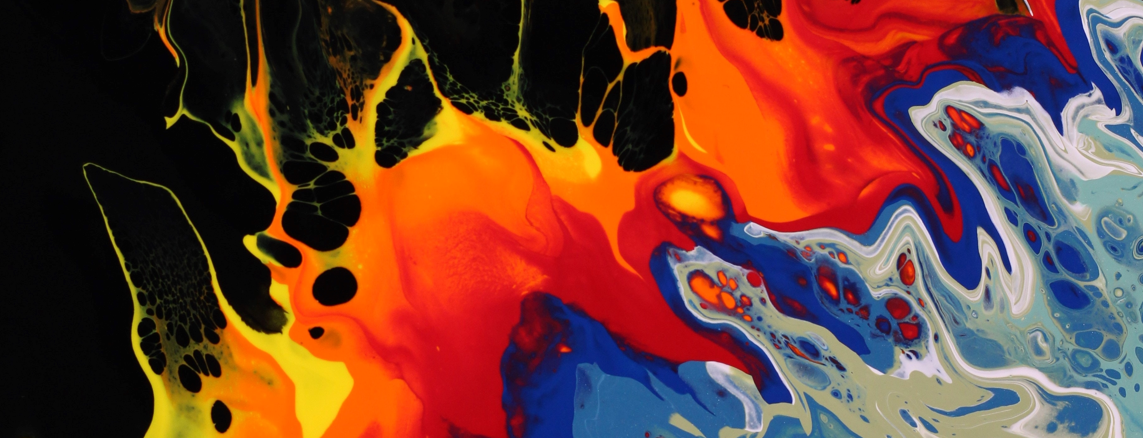This is the second article in an ongoing series on inflammation, both acute and chronic, from a western biomedical perspective as well as a Chinese Medicine philosophy. If you have not read the introduction you can read it here. In this article we will explore the basic mechanisms behind acute inflammation, both its initiation and its resolution, from the western biomedical perspective.
Inflammation is defined by the Merriam-Webster dictionary as:
A local response to cellular injury that is marked by capillary dilatation, leukocytic infiltration, redness, heat, and pain and that serves as a mechanism initiating the elimination of noxious agents and of damaged tissue.
Etymologically inflammation comes from the Latin inflammationem (nominative inflammatio), meaning “a kindling, a setting on fire.” The related verb inflame has several meanings:
- to excite to excessive or uncontrollable action or feeling
- especially : to make angry
- to make more heated or violent
- to set on fire
- to cause to redden or grow hot from anger or excitement
- to cause inflammation in (bodily tissue)
The word inflammation thus carries explicit connotations of heat, fire, and burning, and has long been characterized medically as a form of fire in the body. This has some direct correlations to the Chinese Medicine concepts of Heat and Fire as well.
Initiation
Inflammation is considered the standard response to injury, whether physical, chemical, or infectious. The four cardinal signs of inflammation are redness, heat, swelling, and pain; they have been documented and known since (at least) the time of the Roman Empire. Increased blood flow brings immune cells and various other factors to the site of the injury, causing these four signs.
The Detailed Version:
Acute inflammation follows a well known sequence and is the beginning of the healing response:
- Initially tissue injury stimulates the release of mast cell granules and other inflammatory chemicals like histamine, leukotrienes, and prostaglandins.
- Under the influence of these chemical mediators the local area undergoes vasodilation, the expansion of blood vessels. This increases blood flow to the area, contributing to the heat and redness that develops.
- Histamine in particular also causes increased permeability of the capillaries in the area of injury. This results in plasma leaking into the surrounding tissues, leading to the characteristic swelling at the site of injury.
- Along with the increase in fluids certain types of white blood cells are drawn to the area. These neutrophils are the primary defense cells against infection and are a major component of the pus that is created if the infection is bad enough. Macrophages, another type of white blood cell, come in to help clean up the dead neutrophils and other cellular debris as the inflammatory sequence proceeds.
There are multiple chemical compounds that are considered to be pro-inflammatory. These are produced to help initiate the process of inflammation, and consist of 4 general categories:
- Lipid metabolites produced from polyunsaturated fatty acids
- Proteins and peptides in the blood, including clotting proteins
- Nitric oxide, a gas which promotes vasodilation
- Proteins known as cytokines, produced by immune and related cells
It is a complex process. There is no need to go into further detail here. The important element to keep in mind is that initiation of inflammation is required for resolution and subsequent healing of the tissue.
Resolution
The resolution of inflammation, though initially thought to be more of a passive process, is now known to be an active phenomenon. Evidence points towards multiple types of chemical compounds that help resolve inflammation, known collectively as specialized pro-resolving mediators (SPMs). They are mostly produced from omega-3 fatty acids (arachidonic acid (AA), eicosapentaenoic acid (EPA), and docosahexaenoic acid (DHA), and n-3 docosapentaenoic acid (n-3 DPA)) and are known as lipoxins, resolvins, protectins, and several other types of chemical mediators.
The Detailed Version:
Though SPMs are a relatively new discovery the process of wound healing has been known for much longer. The natural resolution of the inflammatory process is a reversal of the steps that are involved with the initiation of inflammation:
- Neutrophils take care of any infectious microorganisms at the site, destroying themselves in the process. This self-destruction is known as apoptosis.
- Neutrophil apoptosis begins to put the brakes on the recruitment of additional neutrophils to the area.
- Macrophages are drawn in to phagocytize (consume) the neutrophil fragments, cellular debris from the injured tissue, and remaining pieces of bacteria.
- As the wound site is cleared by macrophages additional immune cells, stem cells, progenitor cells, and other types of cells come to the area to continue the healing process.
As acute inflammation comes to an end, if all goes well the result is healing of the injured area, elimination of any infection, and a return to normal tissue homeostasis. However, as many people now know, inflammation can become chronic, without ever fully resolving. Before we move onto chronic inflammation, a short exploration of acute inflammation from a Chinese Medicine perspective should be undertaken. Part 3



